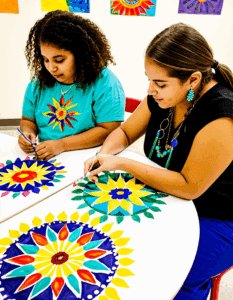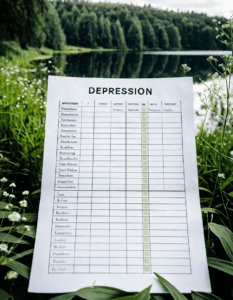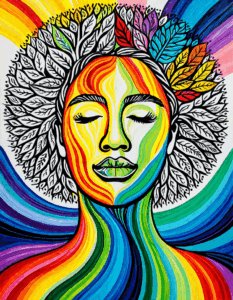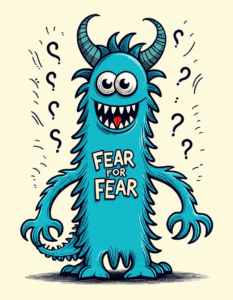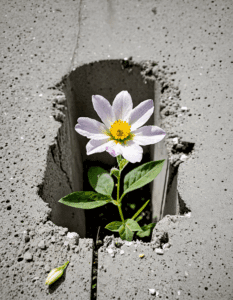Struggling with a child’s addiction or losing a child to addiction can feel like an endless battle. At Mothers Against Addiction, we understand the deep, gut-wrenching pain that accompanies these journeys. One innovative and heartwarming approach that has provided solace to many is art therapy for addiction.
The Importance of Art Therapy in Addiction Treatment
Art therapy for addiction provides a powerful, non-verbal means of expression that can help patients uncover and process deep-seated emotions related to their addiction. This therapeutic approach includes activities such as painting, drawing, sculpture, and other creative endeavors. It’s not just a pastime; it’s a critical component in holistic treatment plans.
Art therapy is more than just creating pretty pictures. Art therapy provides a safe and creative outlet for expressing complex emotions, offering a form of relaxation, and often serving as a bridge to verbal expression. The use of creative arts therapy for addiction treatment stands as a proven tool for holistic care, improving symptoms of post-traumatic stress disorder (PTSD), anxiety, and depression.
Benefits of Art Therapy in Addiction Recovery
1. Emotional Exploration and Expression
Through art therapy, individuals can explore difficult emotions, traumas, and experiences that may have contributed to their addiction. For instance, the Hazelden Betty Ford Foundation incorporates art therapy into their programs, enabling patients to express feelings that might be too painful to articulate verbally. Picture a canvas becoming a space where raw emotions transform into visual storytelling—a safe haven for the soul.
2. Stress Reduction and Relaxation
Creating art offers a meditative effect that reduces stress and promotes relaxation. In fact, a study by the American Art Therapy Association highlighted how engaging in activities like watercolor painting significantly lowered cortisol levels among participants. Serenity Lane, an addiction treatment center, supports these findings, noting that patients who regularly participate in art therapy exhibit lower stress levels and improved mental health. Think of it as a peaceful retreat amidst the chaos of recovery.
3. Improved Self-Esteem and Self-Awareness
Participating in art therapy can boost self-esteem and self-awareness. It enables individuals to acknowledge and celebrate their creative accomplishments. Organizations like the Caron Foundation observe how patients often discover a newfound sense of self and purpose through their artistic creations. Imagine the joy and pride that comes from seeing one’s creation—it’s like watching oneself bloom anew.
4. Development of Healthy Coping Mechanisms
Replacing addictive behaviors with healthy activities is crucial for long-term recovery. Art therapy helps individuals develop new coping strategies. For example, Phoenix House notes that their patients often transition from harmful habits to productive, creative outlets, finding lasting methods to cope with life’s challenges. It’s like weaving a safety net made of colors and shapes, catching them when life’s trials become overwhelming.
| Aspect | Details |
| Definition | A therapeutic approach using art as a means of self-expression, exploration, and healing, particularly useful in treating addiction. |
| Benefits | – Provides a safe and creative outlet for expressing complex emotions. – Helps improve symptoms of PTSD, anxiety, and depression, which often co-occur with substance use disorders. – Facilitates self-discovery and personal growth without the need for words. |
| Techniques Used | – Drawing – Painting – Sculpting – Collaging – Other creative activities |
| Comparison with Behavioral Therapy | – Art therapy uses creative expression, where traditional behavioral therapy often involves structured talking sessions. – Both can be used in conjunction to provide holistic treatment to combat addiction. |
| Target Audience | Individuals struggling with substance use disorders, co-occurring mental health issues such as PTSD, anxiety, and depression. |
| Goals | – Foster self-expression and emotional release. – Improve mental health symptoms related to addiction. – Enhance quality of life and personal growth. |
| Research Findings | Studies indicate that art therapy can help reduce symptoms of PTSD, anxiety, and depression, which are common among people with substance use disorders. |
| Implementation in Treatment Programs | Often integrated into comprehensive addiction treatment plans alongside other therapies such as behavioral therapy, counseling, and medical treatment. |
| Suitability for Different Populations | Effective for various age groups, including teens and adults. Adaptable to individual needs and preferences. |
Real-Life Success Stories: How Art Therapy Changed Lives
Case Study: Amanda’s Journey at Rehabs.com
Amanda struggled with opioid addiction for over a decade before finding her way to Rehabs.com, where art therapy became a cornerstone of her recovery. By engaging in this creative outlet, Amanda was able to confront her past traumas and work through her emotions, ultimately achieving sobriety. Her story underscores the profound impact of art therapy for addiction.
The Power of Creativity at Promises Behavioral Health
Promises Behavioral Health has implemented art therapy programs that have transformed many lives. John, a former patient, discovered his talent for sculpting during his treatment. Sculpting became a vital part of his healing journey. His sculptures now serve as a tribute to his progress and a symbol of hope for others—a lasting testament to the power of art therapy.
Expert Perspectives on Art Therapy for Addiction
Insights from Dr. Cathy Malchiodi, PhD
Dr. Cathy Malchiodi, a renowned art therapist and author, emphasizes the importance of creativity in the healing process. According to her research, engaging in art therapy not only aids in emotional regulation but also promotes neural integration. This is essential for recovering from the neurological impacts of addiction. Dr. Malchiodi’s insights shed light on why art can be such a potent tool in the recovery process.
Views from the Art Therapy Institute
The Art Therapy Institute explains that art therapy does more than just offer a creative distraction. It actively engages the brain’s reward system in a healthy manner, helping to rebuild damaged pathways affected by substance abuse. This engagement fosters long-term recovery, making art therapy a cornerstone of effective addiction treatment plans.
Innovative Approaches and Future Prospects
Incorporating Digital Art Therapy
In today’s tech-savvy world, digital art therapy is an emerging trend in treating addiction. Platforms like Virtual Art Therapy offer remote sessions where patients can create digital artwork as part of their recovery. This innovation is particularly beneficial for those who may lack access to traditional therapy settings. It’s like having a healing canvas at your fingertips, anytime and anywhere.
Community-Based Art Programs
Community-based art programs, such as those organized by Rise Recovery, provide a communal space for individuals recovering from addiction to create art together. These programs not only offer therapeutic benefits but also help rebuild social connections and a sense of belonging which are crucial for sustained recovery. It’s like restoring the social fabric one brushstroke at a time.
The Healing Power of Creativity
There’s no denying the multitude of benefits offered by art therapy for addiction—from emotional healing to stress reduction and beyond. The transformative power of creativity can touch places within the mind and heart that traditional therapies may not reach. By providing various avenues for expression and coping, art therapy equips those recovering from addiction with tools to rebuild their lives, fostering resilience and new beginnings.
At Mothers Against Addiction, we stand by every parent navigating this tough journey. Remember, it’s through the act of creation that many find their way back to life, hope, and every possibility that lies ahead. Let’s harness the healing power of art therapy and support our loved ones on their path to recovery.
For more information on alternative therapy options, you can explore alternative Therapies For addiction. Similarly, learning about yoga For addiction recovery or incorporating mindfulness in recovery can also be beneficial steps in the journey towards healing and resilience.
Art Therapy for Addiction: Creativity Heals
Art therapy for addiction isn’t just about making pretty pictures; it’s about healing from the soul out. This form of therapy taps into the creative parts of our brains, offering a therapeutic outlet that words alone sometimes can’t provide. You’ll find it intriguing to know some fun trivia and interesting facts that show how diverse and impactful art therapy can be.
Historical Insights and Modern Success
Did you know that the roots of art therapy for addiction trace back to the mid-20th century? This therapeutic approach originated as a means to help Individuals express feelings they couldn’t articulate verbally. Since then, it’s been used in various settings, from hospitals to rehab centers, proving that creativity truly heals. Moreover, as art therapy advanced, professionals often expanded their roles to become motivators and educators. If you’re curious about pursuing this fulfilling journey, there are guides on how to become a motivational speaker( that detail the steps to inspire others on their recovery journey.
The Unexpected Link Between Creativity and Mortgage Rates
Believe it or not, the demand for art therapy has a curious tangent with house mortgage rates. Yes, the rise and fall of interest rates can indirectly influence funding and support for different therapeutic programs, including art therapy. When mortgage rates are favorable, people are more financially stable and, thus, more likely to donate to or invest in mental health and addiction recovery services.
From Sociology to Social Impact
Another eye-opener is how art therapy for addiction connects with broader social issues. For instance, companies that hold socially conscious values often fund art therapy programs. These initiatives aim to heal communities and give voice to marginalized groups, proving that there’s a significant intersection between creativity, mental health, and social justice.
So, isn’t it fascinating how extensive and interconnected art therapy for addiction actually is? From its historical roots to its socio-economic ties, it’s clear that this creative form of therapy offers a comprehensive path to recovery that touches many aspects of our lives.
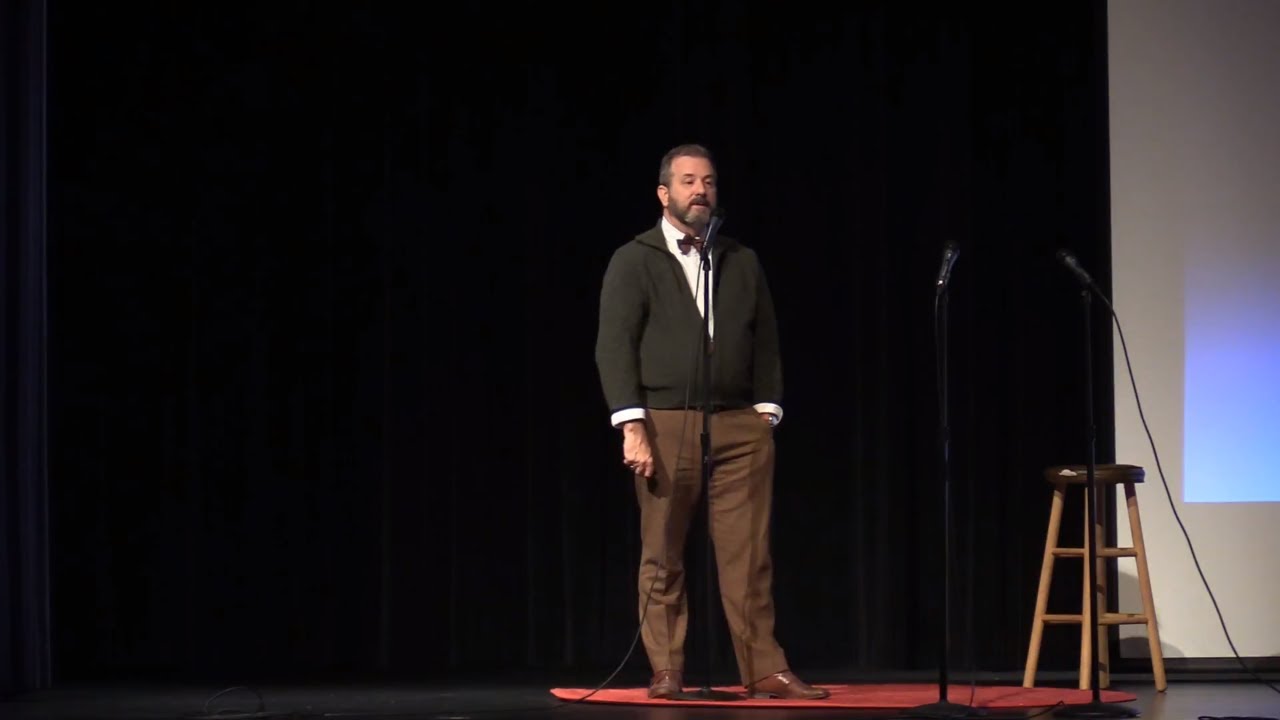
How does art therapy help with addiction?
Art therapy provides a safe and creative outlet for people struggling with addiction. By using art as a way to express complex emotions and thoughts that are difficult to verbalize, it helps individuals process their feelings and experiences in a non-judgmental environment.
What therapy is most effective for addiction?
Behavioral therapy is often considered the most effective treatment for addiction. It includes various techniques and methods that focus on changing potentially self-destructive behaviors and thoughts, making it a cornerstone of many rehabilitation programs.
How artistic creativity is used to treat addiction?
Using creativity in addiction treatment allows individuals to channel their emotions and experiences into something productive and meaningful. Whether through painting, drawing, or other artistic activities, this process can provide relief and insight into one’s struggles and progress.
What is expressive art therapy for substance abuse?
Expressive art therapy for substance abuse uses various forms of art to help people explore and express their feelings and emotions. By engaging in these creative processes, individuals can better understand their inner experiences and work through them in a constructive way.
What are 3 benefits of art therapy?
Three benefits of art therapy include reduced symptoms of anxiety, depression, and post-traumatic stress disorder, improved emotional expression, and the development of healthier coping mechanisms. These benefits can contribute significantly to the recovery process from addiction.
Is art therapy a coping mechanism?
Art therapy certainly acts as a coping mechanism by providing individuals a way to express feelings and thoughts that might be hard to articulate otherwise. This creative outlet can help manage stress and other emotional challenges in a healthy way.
What are 3 ways to overcome addiction?
Three ways to overcome addiction include seeking help from a professional treatment program, using therapy to address underlying issues, and maintaining a strong support network through friends, family, or support groups.
What treatment is best for addiction?
The best treatment for addiction typically involves a combination of behavioral therapy, medication if needed, and supportive counseling. This comprehensive approach addresses both the mental and physical aspects of addiction.
What is the best practice treatment for addiction?
The best practice treatment for addiction is a multi-faceted approach that includes behavioral therapy, medical support, and ongoing counseling. This ensures that both the psychological and physical components of addiction are treated effectively.
Does drawing help with addiction?
Drawing can indeed help with addiction by allowing individuals to express emotions and thoughts they might not be able to verbalize, thus providing relief and insight into their emotional state.
What is addiction art?
Addiction art refers to any artistic creation that emerges from the experiences and emotions related to addiction. This can be therapeutic for the creator and can also provide a powerful message to others about the complexities of addiction.
Why do creative people struggle with addiction?
Creative people might struggle with addiction due to a variety of factors, such as using substances to enhance creativity or cope with stress and emotional pain. The high emotional sensitivity that fuels creativity can sometimes lead to self-medication with drugs or alcohol.
What drugs are used in art therapy?
Drugs are not specifically used in art therapy; rather, art therapy focuses on using the creative process itself to help individuals express and work through their emotions and experiences.
Does art therapy release dopamine?
Engaging in art therapy can help release dopamine, a brain chemical associated with feelings of pleasure and reward, which can support mood improvement and stress reduction during recovery.
What are the 3 things present during art therapy?
During art therapy, you’ll typically find a safe and non-judgmental environment, various art materials to choose from, and a therapist guiding the creative process. This combination helps individuals explore and express their emotions effectively.
How does art help recovery?
Art helps in recovery by giving individuals a non-verbal way to process and express their emotions, reducing stress, and providing a sense of accomplishment and empowerment as they create something meaningful.
How does art therapy help concentration?
Art therapy can enhance concentration by engaging the mind in focused, goal-directed activities, which can help improve attention span and the ability to stay present in the moment.
How does art therapy help with problem solving?
Art therapy aids in problem-solving by encouraging creative thinking and exploration of different perspectives. As individuals create, they might find new solutions or ways to deal with their issues that they hadn’t considered before.
How can art therapy help me?
Art therapy can help you by offering a unique way to understand and express your emotions, manage stress, and work through difficult experiences. It can be a valuable part of your overall treatment plan and recovery journey.



